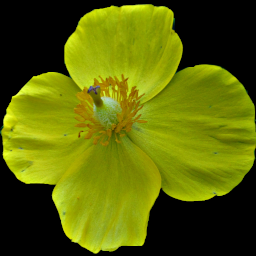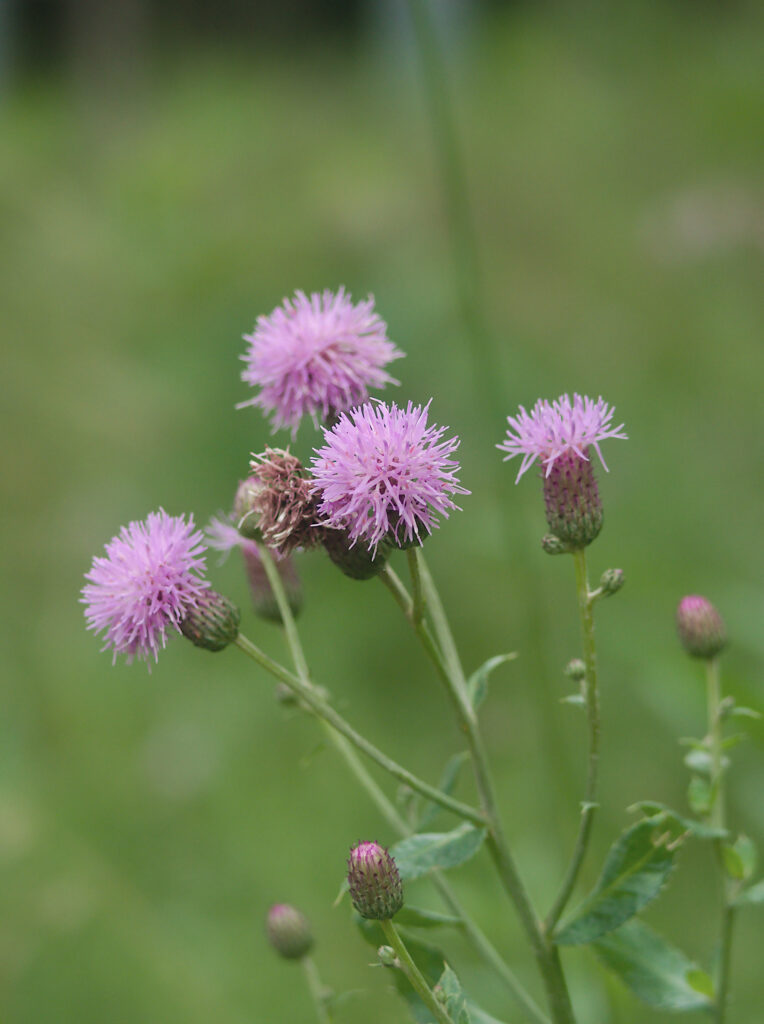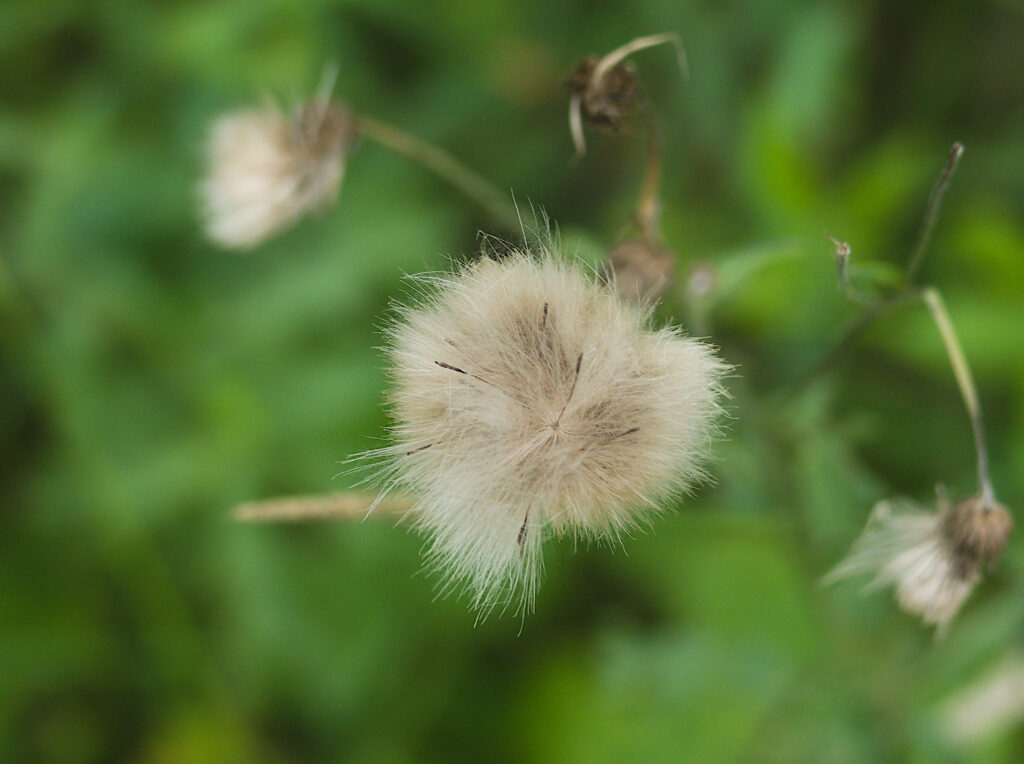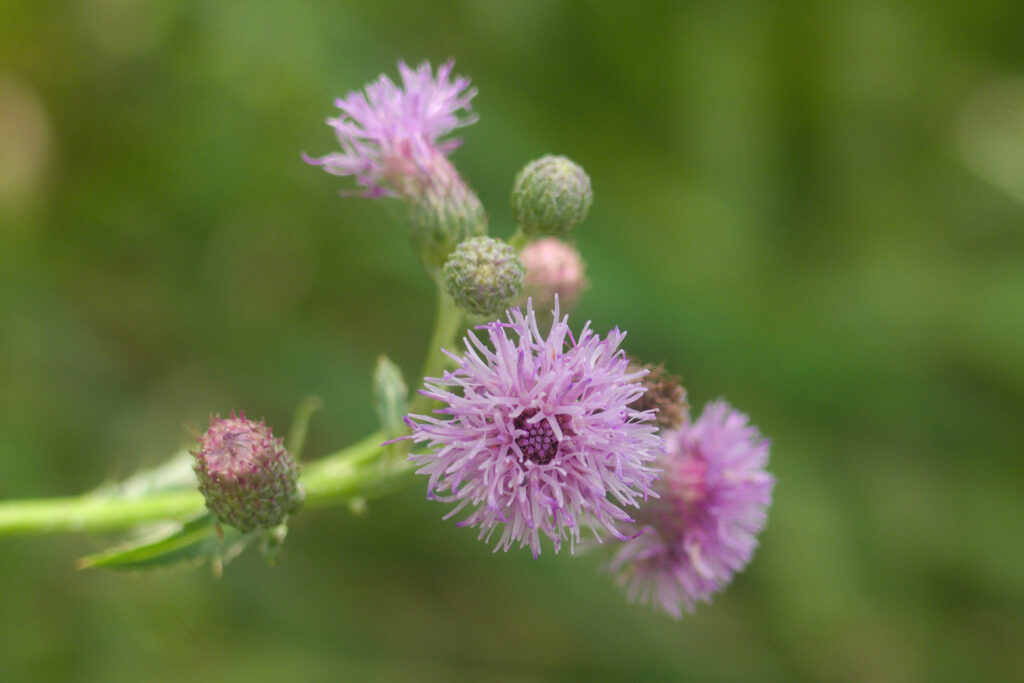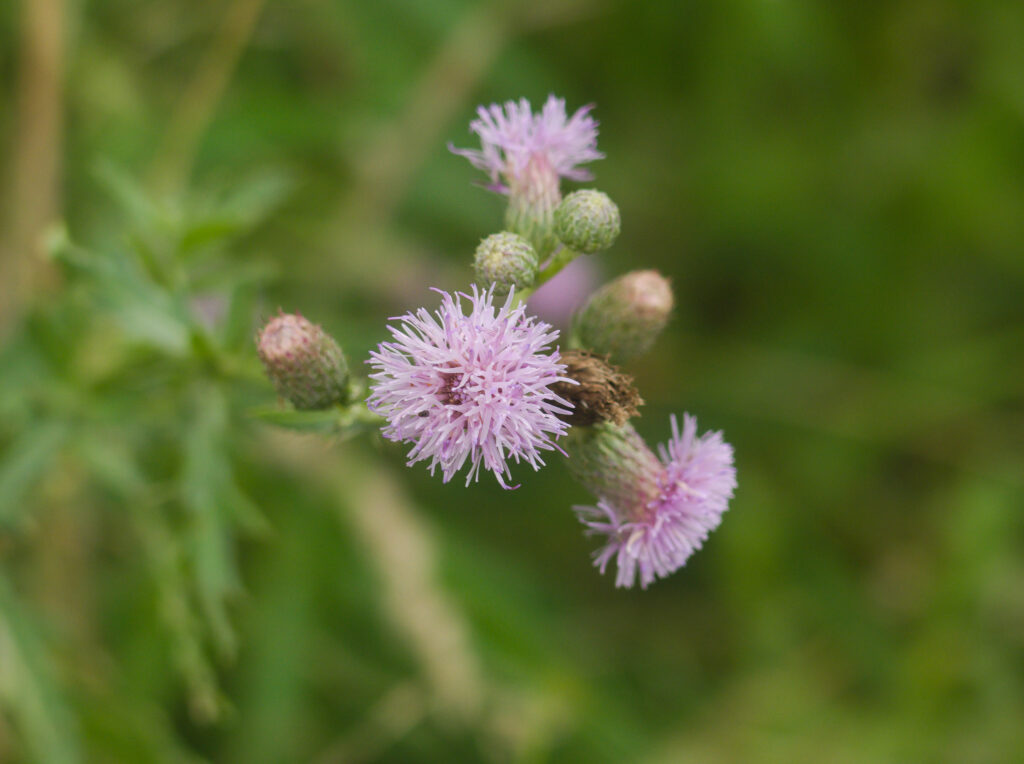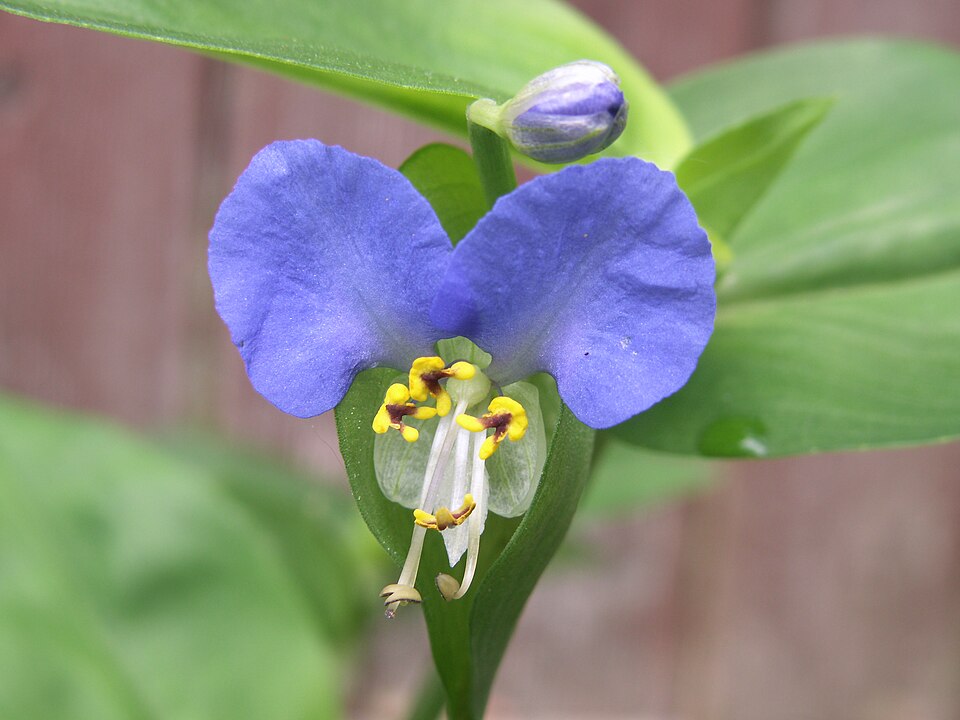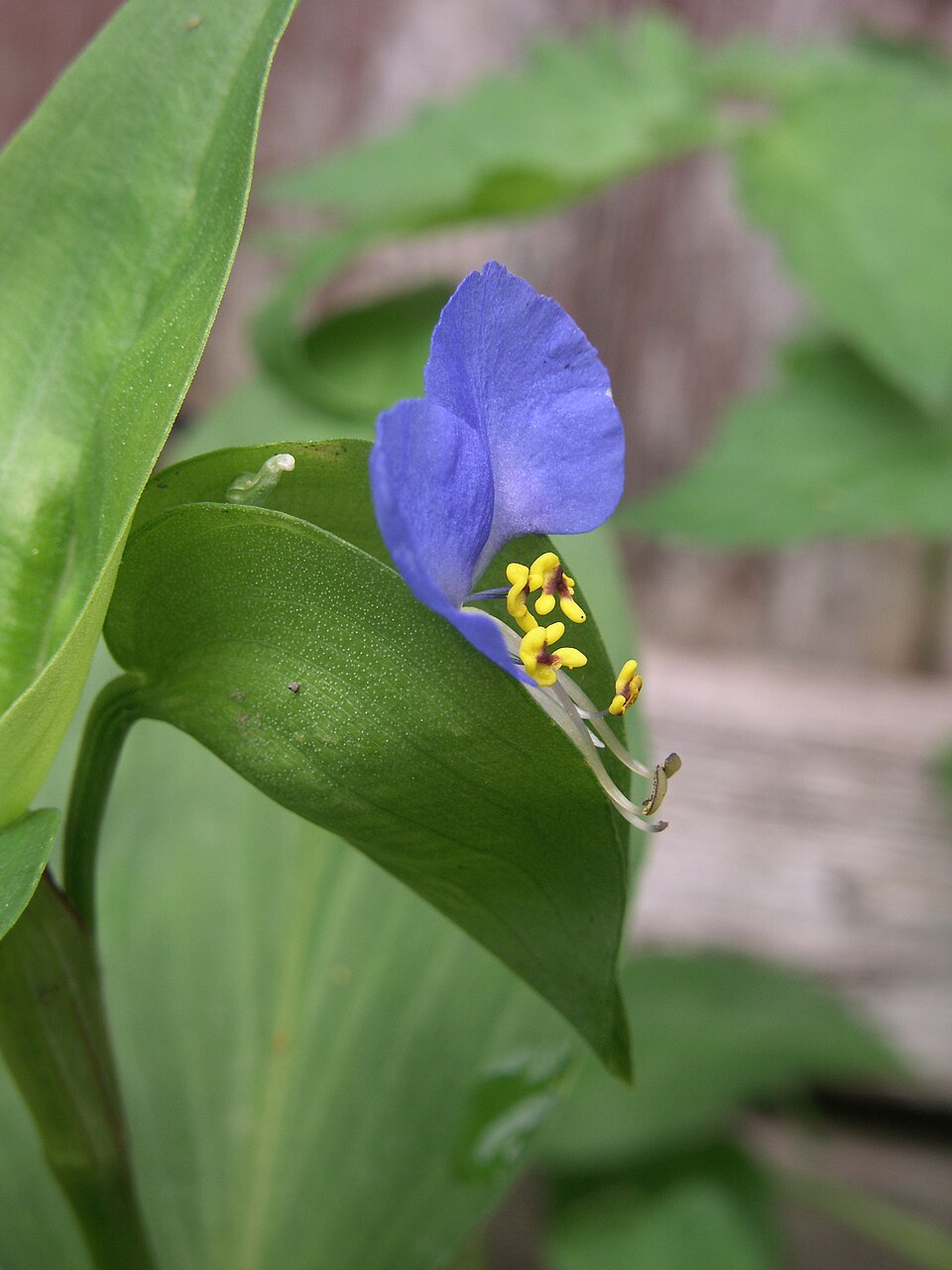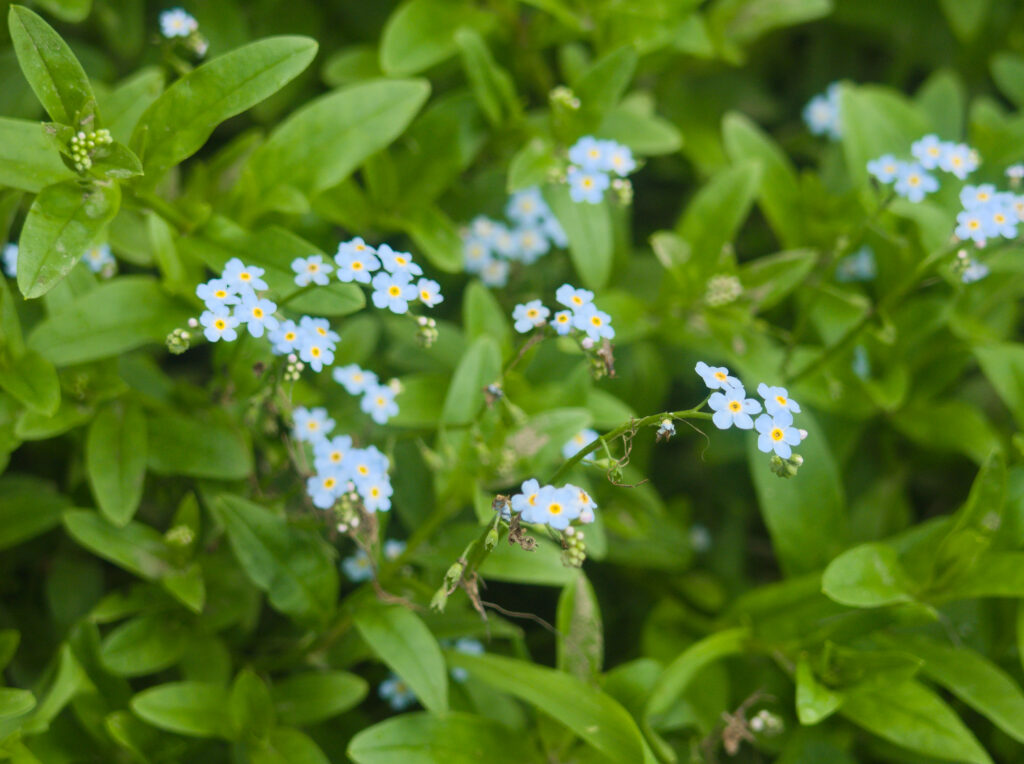
A beloved garden flower that loves damp areas, and can often be found in large drifts where streams cut through fields. These were blooming by a stream in Pine Township near Wexford.
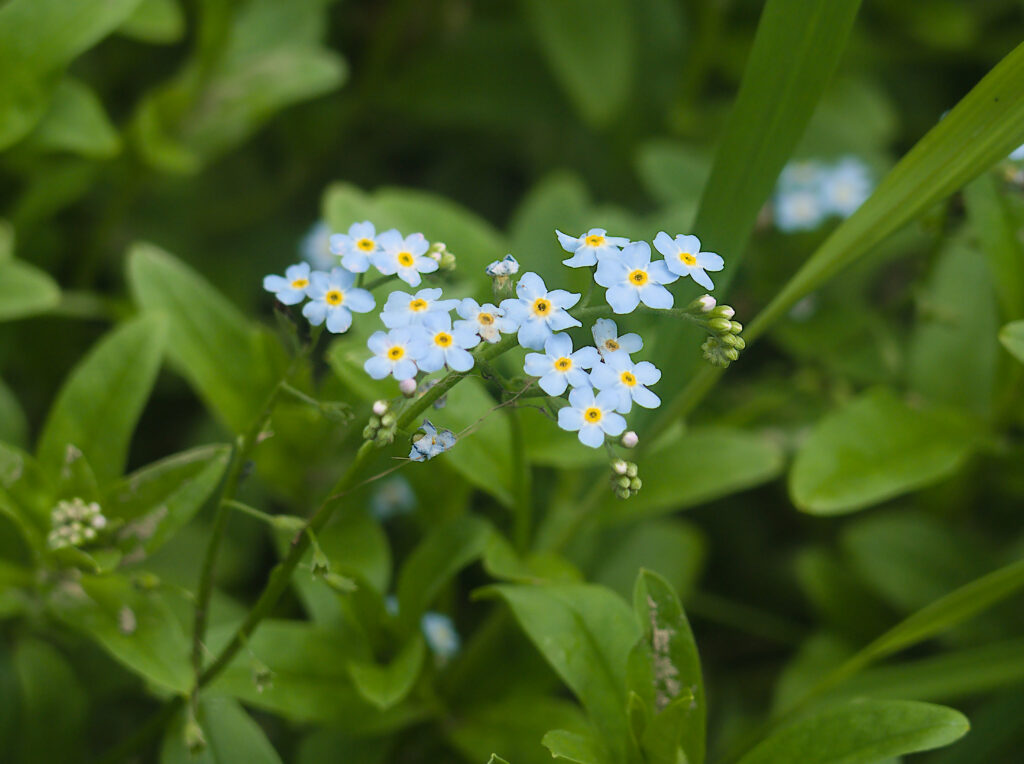
For a description of the species, see the Myosotis scorpioides reference page.
